Why Speed Alone Won’t Save Your AI Product
As a startup founder, product lead, or CTO, you’re no stranger to urgency. You’ve identified a gap in the market, you’ve secured some funding, and now the pressure’s on: ship fast, prove traction, and raise the next round. But in the rush to deliver, many AI-driven SaaS products, especially AI-powered SaaS platforms, fall into the trap of building before they’re truly ready.
At Ariel Software Solutions, we’ve worked with multiple AI-first startups across industries like healthcare, logistics, edtech, and finance. What separates the success stories from the pivots isn’t just their ideas; it’s their approach before development even begins. In this blog, we’ll share the internal 7-point checklist we run for every AI SaaS product before a single commit is made. Whether you’re about to brief your dev team or select a tech partner, this checklist will help you avoid costly rework and accelerate delivery.
What Should You Validate Before Building an AI SaaS Product?
The checklist below isn’t theoretical. It’s built on lessons from shipping real-world SaaS products with advanced AI components, many of them under tight timelines. Think of it as a pre-code launchpad that helps you move fast without breaking your product, especially when building scalable, AI-powered SaaS tools as part of your broader software development strategy.
Before you commit to full development, creating a solid proof of concept can save time and resources. Our detailed blog, “From Idea to Impact: Build a Winning Proof of Concept with Ariel Software Solutions” outlines how to de-risk your idea with clarity and speed.
1. Are You Solving a Real, Measurable Problem?
AI might be exciting, but successful SaaS products are grounded in practical pain points. Instead of getting caught up in “cool” AI use cases, we work with clients to clearly define the problem they are solving. Is it a critical friction point for users? Does it affect cost, time, or revenue? And perhaps most importantly, does it truly require AI to solve?
For example, rather than starting with a feature like “NLP-powered chatbot,” we look deeper: “Can we reduce customer support backlog by 60% through smarter, AI-assisted ticket routing?” This clarity not only streamlines development but also ensures product-market fit from day one.
When building an AI-powered SaaS product, understanding whether the pain point justifies the technology is crucial. It’s a foundational step in any successful software development process aimed at delivering impact, not just features.
Solving real user problems is just one piece of the puzzle. If you’re navigating early-stage decision-making and want to avoid common financial pitfalls, don’t miss our guide: “Avoid Startup Cost Burnout: How to Detour Startup Failure & Early-Stage Startup Mistakes.” It dives deeper into cost-conscious strategies without compromising on innovation.
2. Do You Have the Right Data or a Strategy to Get It?
AI is fundamentally data-driven. Yet many startups underestimate the time and complexity involved in sourcing usable data. We begin by evaluating your current datasets: Are they labeled, clean, and accessible? Will you need external sources or synthetic data? If not, how will you collect and process data ethically and securely?
Often, this leads to prioritizing a simple data ingestion pipeline before any AI training begins. We’ve seen AI-powered SaaS projects stall for months simply because the data wasn’t ready; this step helps you avoid that bottleneck early.
This step is often overlooked in traditional software development, but it’s mission-critical in AI SaaS because data is the fuel that drives the intelligence layer.
3. Is Your MVP Lean Enough to Learn Fast?
There’s a common misconception that launching with AI means building everything from scratch, including custom models, automation, and predictive systems. But the truth is, a lean MVP beats an overbuilt prototype every time.
We guide founders to distill their product to its essential value proposition. Can you simulate the AI feature with a rules engine? Could you use a pre-trained model instead of training your own? Even adding a human-in-the-loop system can be enough to validate assumptions before full automation.
The goal here isn’t to skip AI; it’s to let users validate the value before you invest heavily in training, infrastructure, or compliance, especially for AI-powered SaaS products where iteration speed is critical. This also keeps your software development lean, agile, and focused on traction.
For a deeper dive into prioritizing product features and validating your value proposition faster, check out our blog “MVP Development for Startups: A Fast-Track Playbook to Launch, Learn, and Grow.” It’s packed with frameworks and real examples to help you test early and build smart.
4. Are You Focusing on Differentiation or Reinventing the Wheel?
Too many SaaS teams lose weeks building infrastructure that has nothing to do with their core innovation. Things like dashboards, login flows, notifications, or billing are necessary but not differentiating.
Our checklist forces a prioritization: if it doesn’t give you a competitive edge, leverage low-code tools, open-source frameworks, or third-party APIs to handle it. This frees your resources to focus on what makes your product valuable: the unique AI layer, data insights, or workflow efficiency that sets it apart.
In AI-powered SaaS products, your differentiation often lives in the AI logic, not the UI. That’s why strategic delegation of repetitive elements is a smart software development move that keeps you focused on innovation.
5. Is Your Dev Environment Scalable from Day One?
Early-stage products often ignore DevOps until deployment becomes a nightmare. That’s why we build with a cloud-native, scalable foundation even during prototyping. We set up CI/CD pipelines, use containerization (e.g., Docker, Kubernetes), and implement Infrastructure-as-Code (IaC) practices from the start.
This doesn’t mean overengineering; it means ensuring your team can iterate rapidly, deploy with confidence, and scale without refactoring your entire stack. A strong DevOps foundation leads to smoother launches, easier rollbacks, and faster QA cycles, which are essential in every AI-powered SaaS project, given the dynamic nature of both the AI and software development lifecycle.
If you’re looking to build a foundation that won’t collapse under scaling pressure, we’ve shared actionable steps in our blog titled “From Seed to Series A: Building a Scalable Startup Tech Stack Without Burning Your Budget.” It’s a must-read for early-stage founders building for scale without overspending.
6. Can Your AI Be Trusted, Explained, and Audited?
As AI enters more regulated and enterprise environments, transparency is no longer optional. Startups building AI SaaS products, especially in sectors like health, HR, or fintech, must prove that their models are ethical, unbiased, and explainable.
Our internal process includes steps for model explainability, audit trails, and fallback logic. Whether that’s surfacing why a recommendation was made or allowing users to override AI suggestions, it builds long-term trust and increases sales readiness, particularly for enterprise buyers of AI-powered SaaS solutions.
Ethical AI is not just a buzzword; it’s an operational layer that must be baked into your software development architecture from day one.
7. Are Product Metrics Aligned with Engineering Deliverables?
Lastly, we tie every feature or sprint to a business metric. This ensures the dev team is not just building for the sake of delivery but with a clear view of outcomes. Will this reduce churn? Improve user engagement? Cut manual overhead?
We create technical backlogs that tie directly to KPIs. For example, if the goal is to reduce lead qualification time, the dev ticket isn’t just “Build ML scoring model”; it’s “Deploy lead scoring model to reduce SDR triage by 50%.” This approach brings engineering and business into alignment from day one, a core practice in scalable AI-powered SaaS and future-proof software development.
The Role of Cross-Functional Collaboration in AI SaaS Success
Building an AI SaaS product isn’t just a developer’s job; it’s a team sport. One of the most overlooked accelerators in our experience is tight, early collaboration between tech, business, and design teams.
At Ariel, we bring product owners, UX designers, data scientists, and DevOps engineers into the loop before a single sprint begins. Why? Because every department offers critical insights that shape the product trajectory:
- Product managers define the user value and roadmap
- Designers help simplify complex AI outputs into usable experiences
- DevOps ensures that scalable deployment is part of the plan from day one
This approach aligns every stakeholder, allowing us to accelerate not just software development but the delivery of robust, AI-powered SaaS platforms that solve user problems.
If your teams are working in silos, you’re not just slowing down development; you’re building the wrong product faster.
Beyond the MVP: What Happens After Your First Launch?
Shipping your MVP is a milestone, but it’s not the finish line. Many AI SaaS founders underestimate what happens after their product goes live: feedback loops, usage analytics, continuous learning, and iteration.
We always advise clients to build a post-launch operations plan alongside their MVP. This includes:
- A feedback mechanism to collect insights from users (quantitative and qualitative)
- A retraining loop for the AI model, if applicable
- A system for A/B testing features and collecting performance data
Even more importantly, your MVP should have instrumentation built in, event tracking, product analytics, and monitoring dashboards. If you can’t measure it, you can’t improve it.
AI-powered SaaS solutions thrive on post-launch agility, and thoughtful software development ensures your infrastructure supports rapid iteration as user needs evolve.
Let’s Help You Build Smarter, Not Just Faster

At Ariel Software Solutions, we believe that great AI SaaS products are not built on speed alone, but on strategic focus and technical clarity. Our internal checklist has helped startups move from idea to launch in record time, without sacrificing quality or burning cash on guesswork.
Whether you’re starting from scratch or refining an existing AI-powered SaaS solution, our approach to software development ensures that every sprint moves you closer to business impact.
Book a free consultation with our team, and let’s validate your roadmap together.
Frequently Asked Questions (FAQs)
1. How long does it typically take to build an AI SaaS MVP?
If your data is ready and the problem is well-defined, an MVP can often be delivered in 4 to 8 weeks. Using cloud-native architecture, prebuilt components, and AI accelerators lets us move significantly faster than traditional software development cycles.
2. Do I need an internal data science team before starting?
Not at all. Most early-stage founders we work with don’t have in-house AI experts. We provide embedded AI/ML specialists who help define, prototype, and deploy intelligent features — often more efficiently than building out a full team prematurely, especially in the AI powered SaaS space.
3. What are the common mistakes to avoid when building an AI SaaS product?
Three big ones:
- Starting with tech, it’s not the problem
- Overengineering the MVP
- Ignoring data readiness
We see these mistakes lead to burnout, bloated costs, and missed market timing. Our checklist is designed to prevent exactly that.
4. Can I build an AI SaaS without my proprietary data?
Yes, and many do. You can leverage open datasets, synthetic data, or even use third-party APIs to simulate value during the MVP stage. Long-term, developing your data moat is ideal, but it’s not mandatory at the start, especially for fast-moving AI-powered SaaS startups balancing vision and software development timelines.
5. How do I know if AI is really needed in my SaaS product?
Ask: Would this product still be valuable if the AI were removed? If not, you’re on the right track. If yes, then AI might be adding complexity without necessity. A strong AI-powered SaaS use case improves outcomes like speed, accuracy, or personalization by at least 5–10x over manual workflows or traditional automation.




